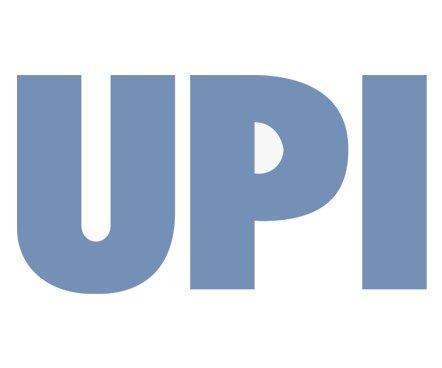TEL AVIV, Israel, May 6 (UPI) -- Israel's mounting alarm at Hezbollah's reported acquisition of increasing numbers of long-range missiles stems in part from concern for the security of the country's emerging infrastructure.
Jane's Intelligence Review reported the Israelis are concerned that their drive to develop an energy infrastructure built around the natural gas fields recently discovered in the Mediterranean off the northern port of Haifa would be put at risk by Hezbollah's swelling arsenal.
The magazine, published in Britain, said the "relatively unsophisticated nature of Hezbollah's arsenal means that the militants' ability to successfully target individual critical energy sites in and around Haifa would be limited.
"However, the risk remains that the use of a combination of mass indirect fire and more sophisticated guided systems would place such infrastructure at risk."
During the 34-day war between Hezbollah and Israel in the summer of 2006, the Iranian-backed Shiite movement pounded northern Israel with nearly 4,000 rockets, the overwhelming majority of which were relatively short-range, unguided weapons.
Several hit Haifa, which is also a major naval base, and caused some industrial damage.
Otherwise they did relatively little critical damage beyond the profound psychological impact the unprecedented bombardment -- and the Israeli forces' failure to stop it -- had on Israel's civilian population.
But now, the Israeli military claims Hezbollah has an arsenal of around 45,000 rockets and missiles, some of them with the range to hit pretty much anywhere in the Jewish state all the way to the southern Negev Desert.
Israel claims that Syria, Iran's Arab ally, provided Hezbollah with an unspecified number of road-mobile M600 short-range ballistic missiles in 2009. The M600 is a Syrian-engineered version of Iran's Fateh surface-to-surface missile. It has a range of at least 160 miles and carries a 1,100-pound warhead.
Most importantly, it also has an inertial guidance system that means it impacts within 500 yards of its target and blowing up gas installations can trigger immense fireballs that can cause widespread destruction.
In April, the Israelis claimed Syria had also supplied Hezbollah with an unspecified number of Soviet-designed Scud ballistic missiles which have a range of up to 430 miles.
But there has been no evidence of this and even the Americans are skeptical that Hezbollah would resort to using these cumbersome systems that take up to 45 minutes to prepare for launch and are far more detectable than the more nimble M600s.
Israel has to import almost all its energy requirements, so developing a domestic energy infrastructure has a strategic dimension.
The gas strike of up to 200 billion cubic meters of gas at the Tamar and Dalat fields makes Haifa even more of an import target for Israel's enemies. The Israelis plan to build a liquefied gas plant there with an annual capacity of 4 billion cubic meters.
Jane's said that it is likely that the plant will be located offshore, mostly probably in Haifa Bay.
"It may be 2015 before the plant comes online, making its significance and the threat it faces a long-term one," the report said.
The M600s would be able to reach as far south as the port of Ashdod, which also has an oil refinery, if they were fired just south of Beirut.
That would make them more vulnerable to Israeli attack. But even M600s fired from further north in the Bekaa Valley, Hezbollah's heartland, could hit Tel Aviv and Israel's industrial center.
If a missile bombardment of Haifa and its environs was successful "the impact for Israel could be significant," Jane's reported.
"The new plant is designed to receive liquefied natural gas from a variety of international sources to diversify the country's energy supplies.
"At full operating capacity, the 4 billion cubic meters of natural gas this would be able to receive would more than cover Israel's current domestic consumption."
That is estimated to be around 2.5 billion cubic meters a year.
"Although the liquefied natural gas plant is designed to supplement other sources of Israeli gas … the loss of the plant for a prolonged period of time would mark a major blow to Israel's efforts to diversify its energy supplies." Jane's concluded.
"It would also place greater importance on existing gas supplies, the supply infrastructure for which could also come under threat, certainly around Haifa and potentially further afield."














